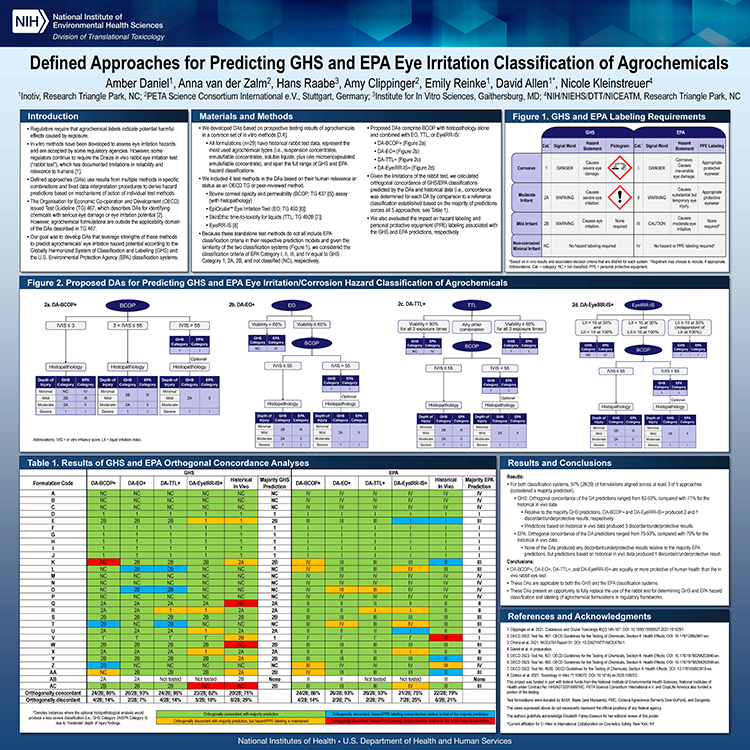Understanding the Mechanistic Potential of Your Compound

Inotiv’s computational toxicology group offers you a wide range of expertise across informatics areas, allowing us to draw on data from your assays, in-house resources, and relevant literature to deliver the insights you need.
As we are faced with limited toxicological data for a variety of chemicals present in today’s environment, quantitative structure-activity relationship (QSAR) programs have become more important in prioritizing chemicals and studies. Our team has significant experience with a variety of QSAR platforms.

We use commercially available and open-source software to identify the presence of structural alerts in a chemical under evaluation that are positively or negatively associated with an observed activity (e.g., genotoxicity).
At Inotiv, we simplify the integration and interpretation of Tox21 and ToxCast data from quantitative high-throughput screening (qHTS) and high-content (HC) assays using a variety of existing tools and software as well as novel computational workflows developed and applied by our scientists. These workflows are created to account for your program’s unique needs as well as the continual updating of source data, ensuring flexibility and relevance. Our expertise makes this complex work approachable and understandable, enabling our clients to leverage such large data sources effectively and with confidence.
Inotiv's staff helps you maximize the information gained from in vitro data. Our scientists leverage domain expertise to characterize an assay’s mechanism of action and possible adverse outcome pathway targets. Using this information, in vitro to in vivo extrapolation (IVIVE) models provide data that are useful in your dose selection and estimation of toxicity reference/screening values. Our staff is experienced in conducting IVIVE, including reverse toxicokinetic modeling and physiological-based pharmacokinetic (PBPK) models. We utilize PBPK modelling to help predict pharmacokinetics and pharmacodynamics from drug administration or chemical exposure in humans from rodent or in vitro experiments. Using these models, we examine the effects of age, gender, disease state, population variability, and/or drug-drug interactions/chemical mixtures on exposures.
To talk to an expert about our Computational Toxicology Services, please click here.
Bioinformatics Services
- Analysis and application of Tox21 and ToxCast data from quantitative high-throughput screening (qHTS) and high-content (HC) assays
- Analysis of qPCR, microarray, and next-generation sequencing data
- In vitro to in vivo extrapolation, including PBPK modeling
- Development of integrated approaches to testing and assessment
- Adverse outcome pathway (AOP)-based testing and data anchoring
Cheminformatics Services
- Read-Across
- Quantitative structure-property relationship (QSPR)
- Quantitative structure-activity relationship (QSAR)
Informatics Services
- Literature review and background document preparation
- Expert-led data extraction and curation
- Database development
- Data mining and visualization to support safety assessments
Our industry-leading histology laboratories support your discovery and nonclinical development projects with a wide range of services. From tissue processing to digital analysis, our team delivers the quality you expect.


